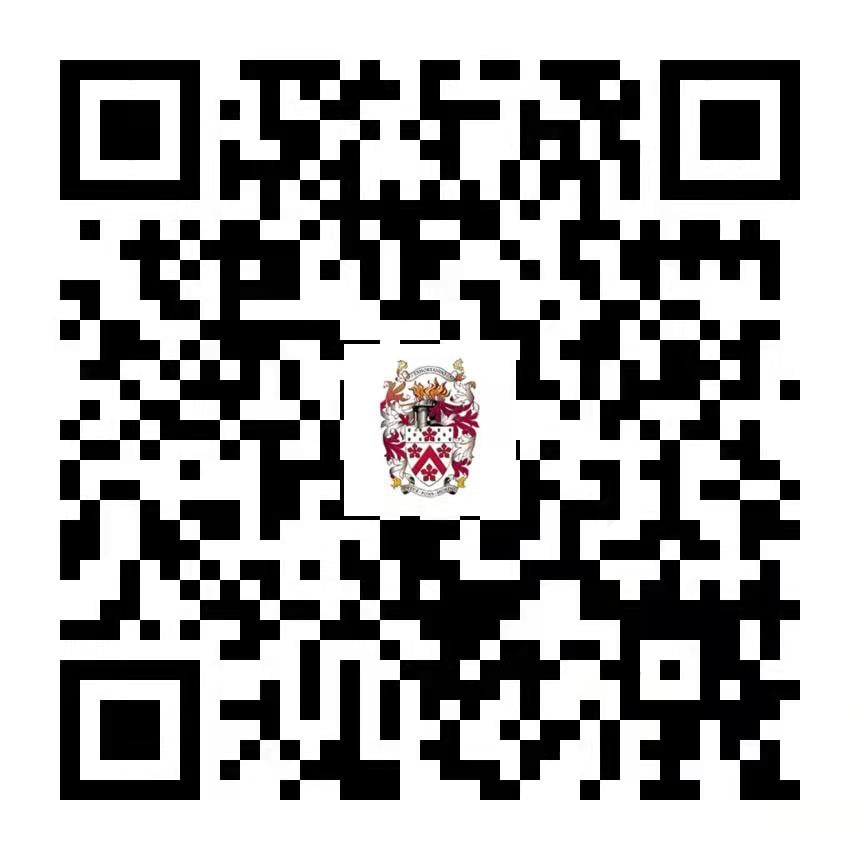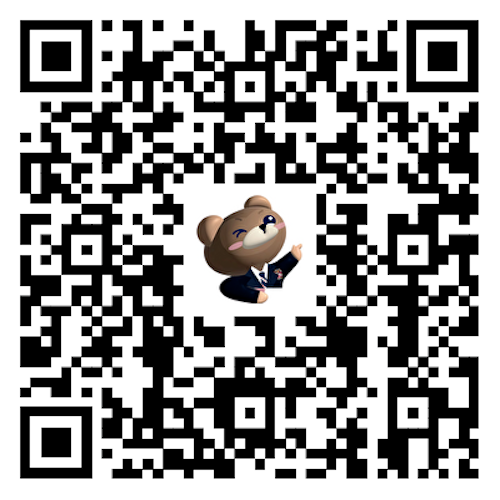Learning & Reflection: EiM Global Professional Learning Day
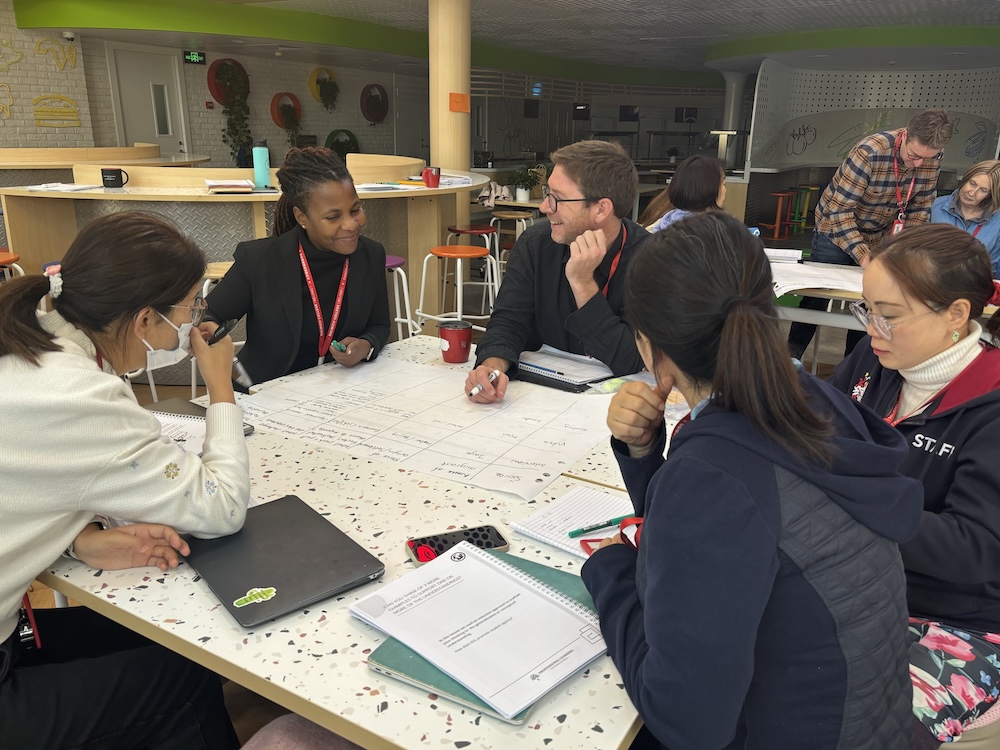
At EiM, we prioritise the continuous professional learning and development of our staff. At the end of last term, we celebrated our third annual Global Professional Learning Day, uniting approximately 2,500 staff from across EiM's family of schools for a day of professional growth, learning and connection.
For academic staff, this school year's theme focused on the power of language in driving thinking. Lesley Meyer, EiM's Chief Education Officer, set the stage by sharing the vision behind the development of EiM's Language for Learning Policy. She emphasised that language is more than just a tool for accessing the curriculum - it is the foundation of how we think, communicate, and connect with the world. Beyond its essential role in student learning, Lesley invited educators to consider the broader perspective: In a time of complexity and uncertainty, how do we help our students develop the resilience, agency, and hope they need to navigate and shape the world around them?
Tim Nash, Co-Founder of Wo Hui, then shared his insights on how speakers of different languages interpret the same realities in unique ways. He highlighted how the challenges of language learning can become opportunities for deeper thinking and enriched perspectives. While language is often seen simply as a tool for communication, its influence extends far beyond that. The categories, metaphors, and associations inherent in different languages shape how we understand and interpret the world. Each language provides a distinct lens, enriching our perspectives and enhancing our ability to connect with others. Since students are not blank canvases, their understanding is shaped by the language they use, which can either be a stumbling block or a stepping stone in their learning journey. By recognising the diverse interpretations that language offers, educators can guide students in using these differences to deepen their thinking and broaden their connections.
For academic staff, this school year's theme focused on the power of language in driving thinking. Lesley Meyer, EiM's Chief Education Officer, set the stage by sharing the vision behind the development of EiM's Language for Learning Policy. She emphasised that language is more than just a tool for accessing the curriculum - it is the foundation of how we think, communicate, and connect with the world. Beyond its essential role in student learning, Lesley invited educators to consider the broader perspective: In a time of complexity and uncertainty, how do we help our students develop the resilience, agency, and hope they need to navigate and shape the world around them?
Tim Nash, Co-Founder of Wo Hui, then shared his insights on how speakers of different languages interpret the same realities in unique ways. He highlighted how the challenges of language learning can become opportunities for deeper thinking and enriched perspectives. While language is often seen simply as a tool for communication, its influence extends far beyond that. The categories, metaphors, and associations inherent in different languages shape how we understand and interpret the world. Each language provides a distinct lens, enriching our perspectives and enhancing our ability to connect with others. Since students are not blank canvases, their understanding is shaped by the language they use, which can either be a stumbling block or a stepping stone in their learning journey. By recognising the diverse interpretations that language offers, educators can guide students in using these differences to deepen their thinking and broaden their connections.
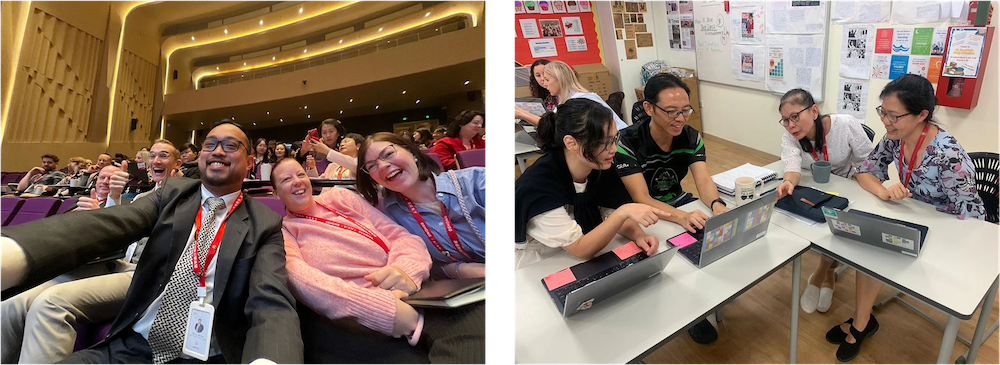
Crispian Farrow, EiM's Chief Innovation Officer, spoke about EiM's digital transformation project and how teachers and school leaders have access to a range of data and dashboards. These tools provide valuable insights into student learning. Crispian demonstrated how analysing multiple data points allows educators to gain a deeper understanding of each student's language needs, enabling more personalised and impactful teaching strategies.
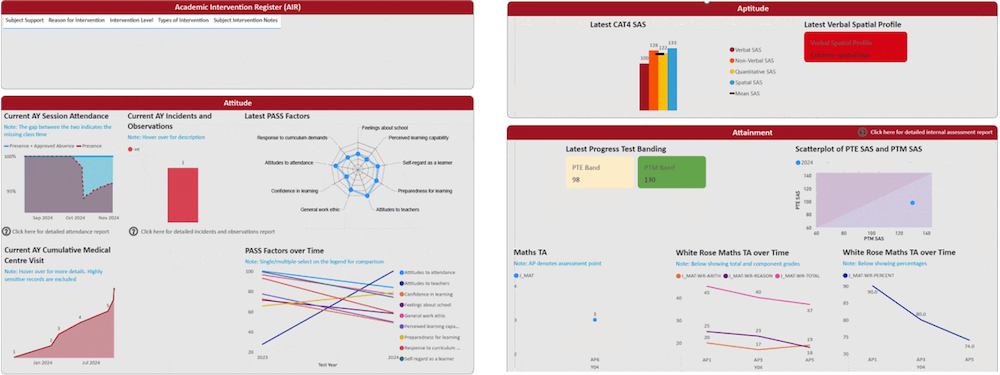
This dashboard, is part of EiM's Student 360, providing a more holisitc view of student progress, needs and well-being. It supports teachers with personalisation of learning for every student and facilitates early intervention when needed.
Russell Cross, Associate Dean Research for the Faculty of Education at the University of Melbourne, led the remainder of the day, introducing CLIL (Content and Language Integrated Learning). Using the 4 Cs Framework—Content, Communication, Cognition, and Culture—and the Language Triptych – the language of, for and through learning, educators explored practical strategies for integrating language and content in their classrooms. Cross modeled a lesson using CLIL tools, sparking reflection and interactive discussions among participants.
Russell Cross, Associate Dean Research for the Faculty of Education at the University of Melbourne, led the remainder of the day, introducing CLIL (Content and Language Integrated Learning). Using the 4 Cs Framework—Content, Communication, Cognition, and Culture—and the Language Triptych – the language of, for and through learning, educators explored practical strategies for integrating language and content in their classrooms. Cross modeled a lesson using CLIL tools, sparking reflection and interactive discussions among participants.
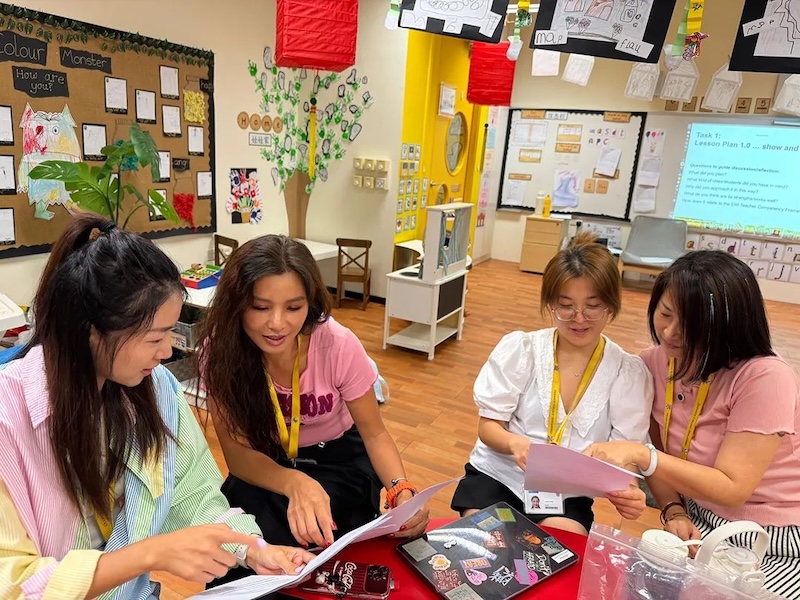
Educators also had the opportunity to explore the connections between the EiM Teacher Competency Framework (TCF) and the principles discussed during the day. Discussions within schools underscored the importance of clearly identifying and integrating subject-specific language into learning, using techniques such as front-loading vocabulary and embedding language objectives alongside content objectives to ensure better student understanding. Teachers noted the value of scaffolding strategies, like using props, visuals, and translanguaging, to create supportive, inclusive classrooms where learners feel confident and capable. They emphasised that differentiated tasks and purposeful questioning help bridge prior knowledge with new concepts, encouraging higher-order thinking. Strategies like modeling, dialogic teaching, and collaborative discussions were recognised as tools to deepen understanding. Teachers also discussed the importance of a responsive teaching approach, using formative assessments and iterative language support to maximise learning outcomes. These comments highlighted the importance of considering language as a key element when using the TCF as a tool for growth.
In the afternoon, teams collaborated to analyse and refine their own lesson plans, incorporating new strategies and insights gained from the learning earlier in the day. This hands-on approach enabled educators to reflect on their practice and adapt their planning to their context and the unique needs of their students.
The day fostered a deeper understanding of the importance of cognition in learning language, highlighting language is integral to thinking, influencing how learners process and make sense of information. Educators left reflecting on their own practice, considering how to intentionally build language for thinking into their planning and teaching to enhance student learning. As EiM continues to prioritise professional growth and collaboration, this Global Professional Learning Day was a reminder of our collective responsibility to nurture resilient, critical thinkers who are prepared to navigate and shape an increasingly complex world.
The day fostered a deeper understanding of the importance of cognition in learning language, highlighting language is integral to thinking, influencing how learners process and make sense of information. Educators left reflecting on their own practice, considering how to intentionally build language for thinking into their planning and teaching to enhance student learning. As EiM continues to prioritise professional growth and collaboration, this Global Professional Learning Day was a reminder of our collective responsibility to nurture resilient, critical thinkers who are prepared to navigate and shape an increasingly complex world.
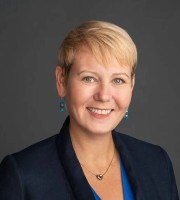
The Professional Learning Day marked a powerful day of connection across EiM. It's truly inspiring to see our global community come together, committed to learning and reflecting on our approaches to teaching and delivering excellence in education.
- Vivienne Robinson, Head of Professional Learning
Connect with us





